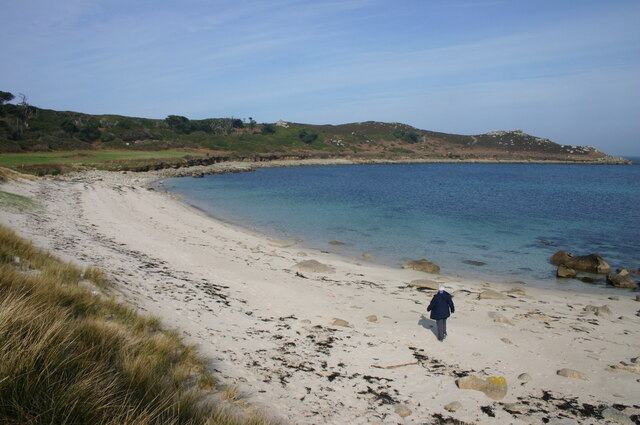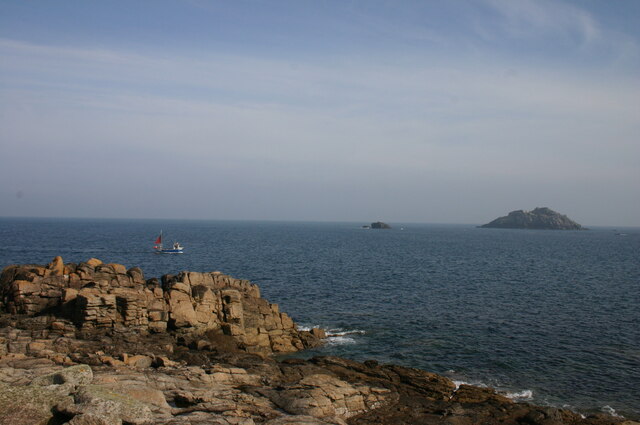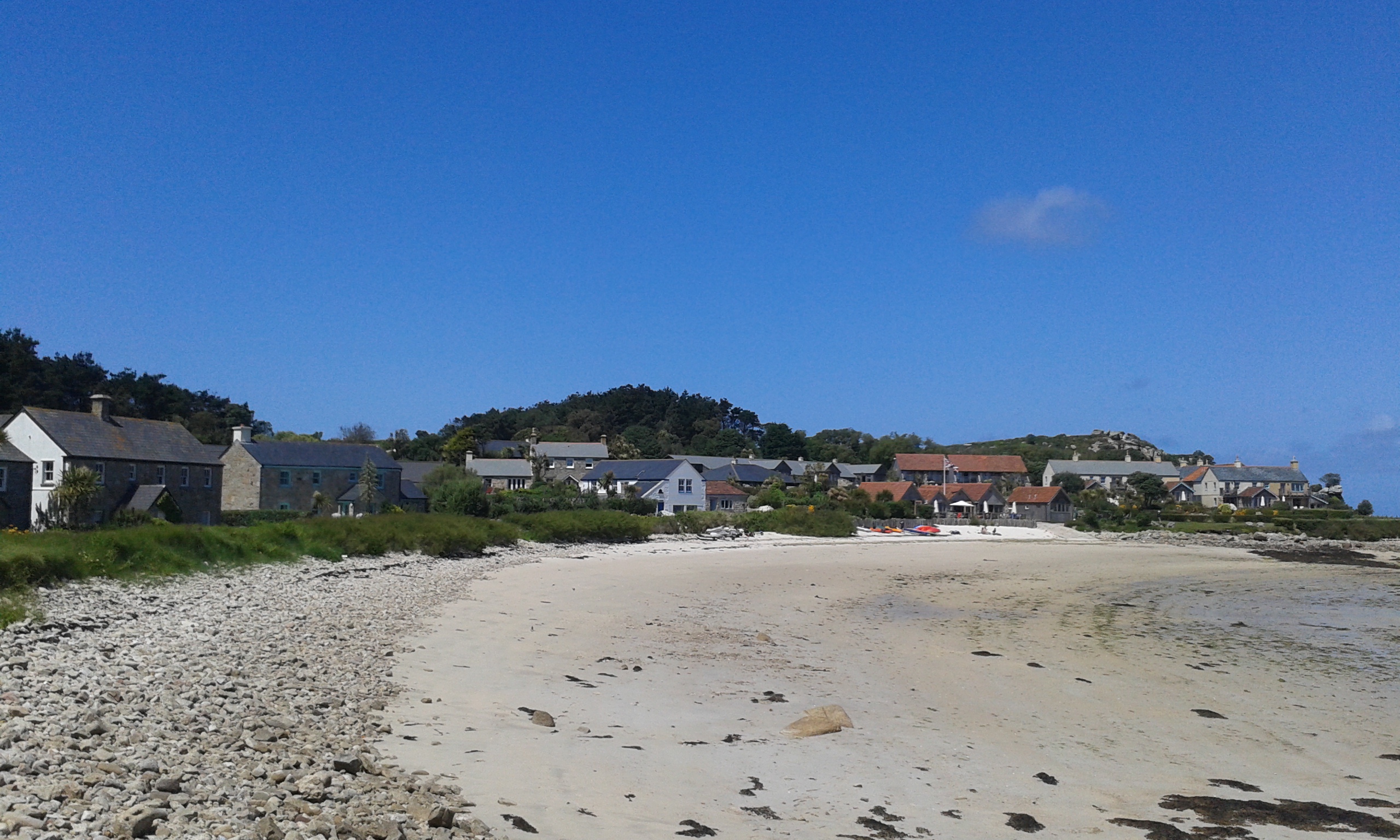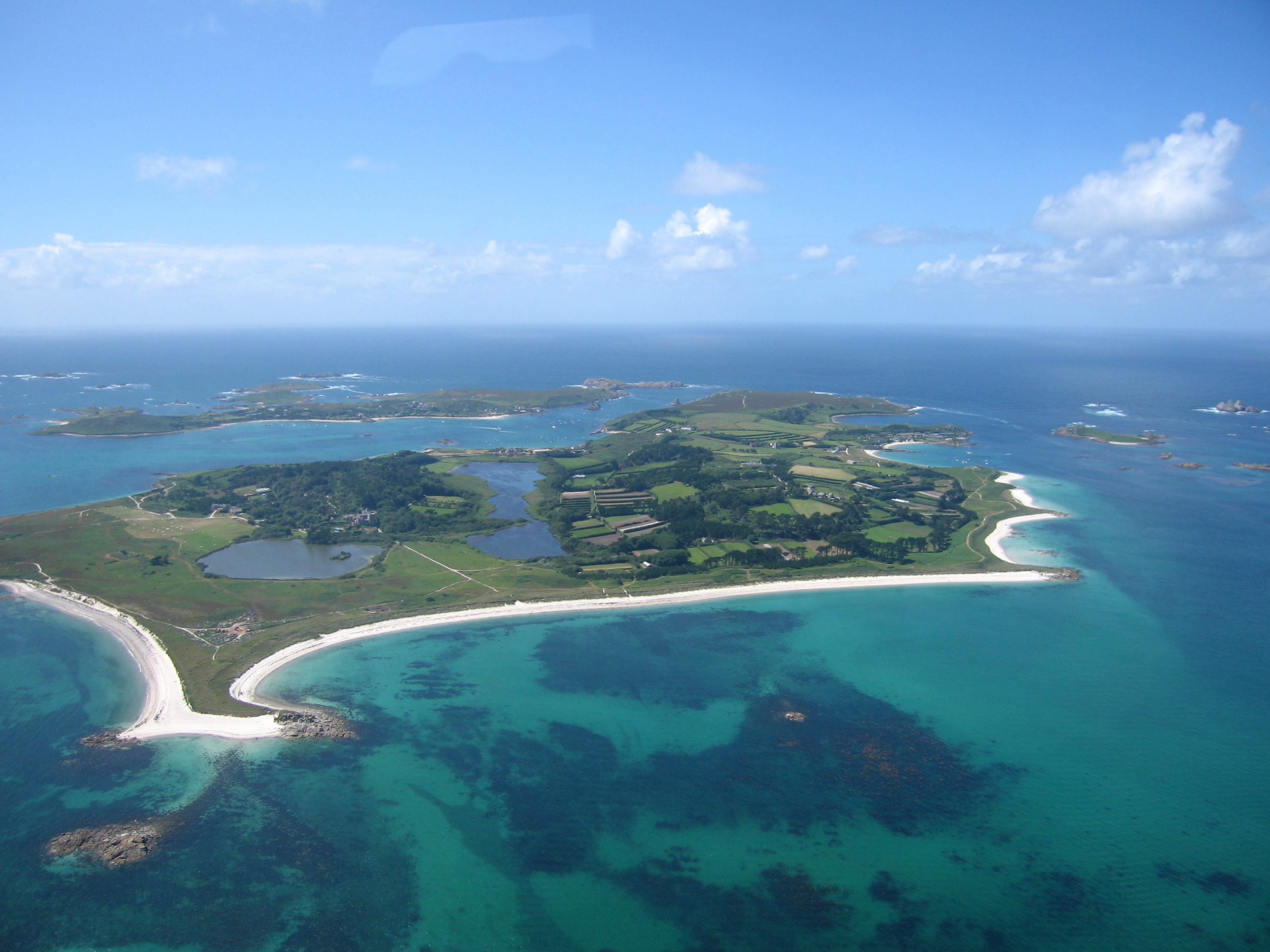Cook's Rock
Coastal Feature, Headland, Point in Cornwall
England
Cook's Rock

Cook's Rock is a prominent coastal feature located in Cornwall, England. Situated along the rugged coastline, it is classified as a headland or point. The rock gets its name from the famous British explorer Captain James Cook, who is said to have used it as a navigational aid during his voyages in the 18th century.
This imposing rock formation is made up of a mixture of granite and slate, giving it a distinctive appearance that stands out against the surrounding landscape. It juts out into the sea, offering breathtaking panoramic views of the ocean and the nearby coastline.
As a headland, Cook's Rock serves as a natural barrier, protecting the coastline from erosion by absorbing the force of the waves. The rock's rugged cliffs provide a habitat for various seabird species, making it a popular spot for birdwatching enthusiasts. Visitors can often spot gulls, cormorants, and fulmars nesting and soaring above the rock.
Due to its location and geological features, Cook's Rock is also a haven for marine life. The surrounding waters are teeming with diverse marine species, including seals, dolphins, and occasionally even whales. This makes it a popular spot for wildlife enthusiasts and photographers.
In addition to its natural beauty and ecological importance, Cook's Rock also has historical significance. It is often associated with Captain Cook and his explorations, adding to its allure for history buffs and those interested in maritime heritage.
Overall, Cook's Rock is a captivating coastal feature that combines stunning natural beauty, ecological diversity, and historical significance, making it a must-visit destination for nature lovers and history enthusiasts alike.
If you have any feedback on the listing, please let us know in the comments section below.
Cook's Rock Images
Images are sourced within 2km of 49.959001/-6.3258655 or Grid Reference SV8915. Thanks to Geograph Open Source API. All images are credited.













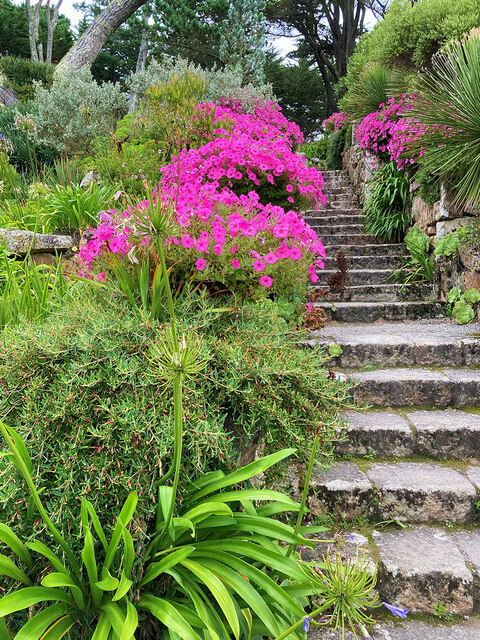
Cook's Rock is located at Grid Ref: SV8915 (Lat: 49.959001, Lng: -6.3258655)
Division: Isles of Scilly
Unitary Authority: Isles of Scilly
Police Authority: Devon and Cornwall
What 3 Words
///husky.slimy.middle. Near Tresco, Isles of Scilly
Nearby Locations
Related Wikis
Old Blockhouse
The Old Blockhouse, also known as the Dover Fort, is a 16th-century fortification on the island of Tresco in the Isles of Scilly. It was built between...
Old Grimsby
Old Grimsby (Cornish: Enysgrymm Goth) is a coastal settlement on the island of Tresco in the Isles of Scilly, England. It is located on the east side of...
St Nicholas's Church, Tresco
St Nicholas's Church, Tresco, is a parish church in the Church of England located in Tresco, Isles of Scilly, UK. == History == Originally two old cottages...
Tresco, Isles of Scilly
Tresco (Cornish: Enys Skaw, lit. 'island of elder-trees') is the second-biggest island of the Isles of Scilly. It is 297 ha (1.15 sq mi) in area, measuring...
Nearby Amenities
Located within 500m of 49.959001,-6.3258655Have you been to Cook's Rock?
Leave your review of Cook's Rock below (or comments, questions and feedback).
